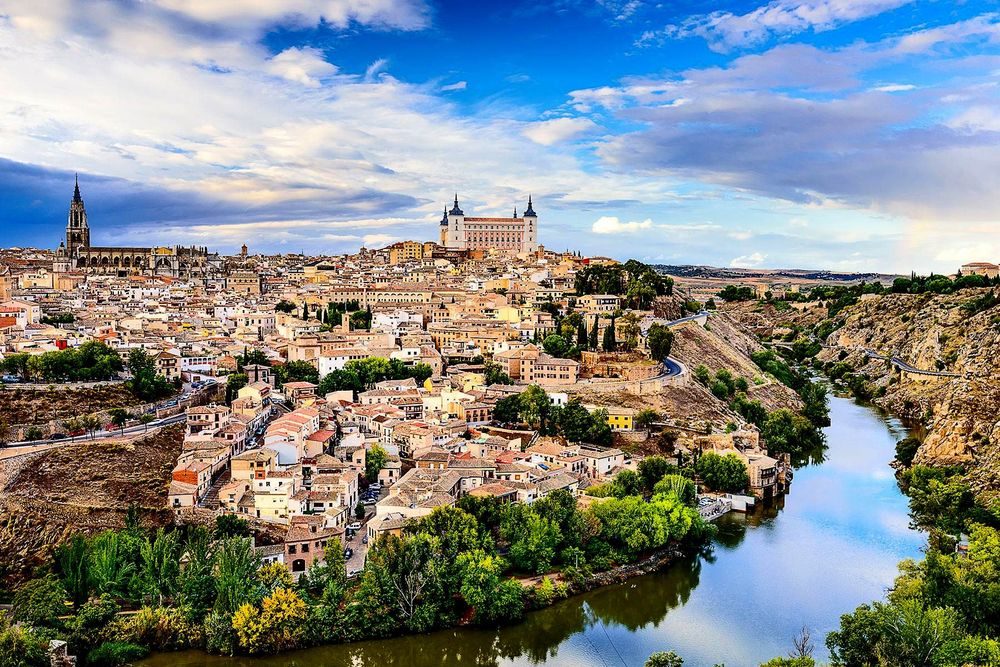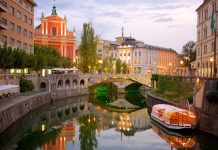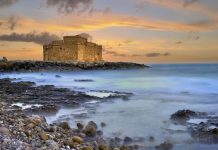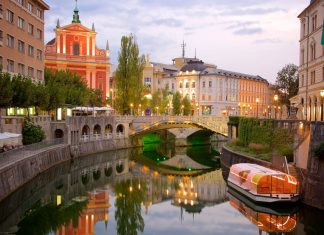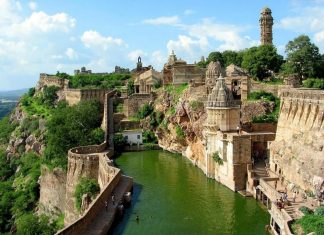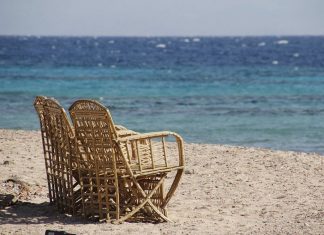Stay in a Castilian castle, explore the plains of La Mancha, or discover Madrid’s vast store of art. Whether your appetite is for palaces or tapas bars, museums or golf, Spain is a fabulous land of feasts.
Points of Interest
Area: 194,885 square miles (equal to Nevada and Utah combined). Population: 38,000,000 (Madrid, 3,010,492; Barcelona, 1,712,350; Seville, 714,000). Languages: Spanish, Basque, Catalan and Galician.
Highlights
Madrid offers an ideal introduction to Spain. The Golden Triangle of Museums, one of Europe’s greatest concentrations of art, includes the Prado; the Reina Sofía Art Center; and the Thyssen-Bornemisza Museum, which houses one of the world’s largest private art collections, recently acquired by Spain.
Here also are such magnificent structures as the Royal Palace; such vibrant public spaces as the Plaza Mayor; and such peaceful retreats as Retiro Park.
From Madrid, you may take day trips to Toledo, home of El Greco and a stunning cathedral; Segovia, with its Roman aqueduct and fairytale-like Alcázar, the fortress-castle where Isabella was named queen; the medieval walled city of Ávila, best visited in spring and fall; and the royal palaces of El Escorial, Aranjuez, La Granja and Riofrío.
Barcelona, the capital of Catalonia, is a Mediterranean port known for its striking Modernist architecture, embodied above all in the astonishing works of Antoni Gaudí. Stroll through the Gothic Quarter with its lovely squares and antique shops, and walk down Las Ramblas, a broad, tree-lined promenade which leads to the sea.
Seville is arguably the most beautiful city in Spain. Its attractions include a magnificent Gothic cathedral with an adjoining Moorish minaret, the marvelous gardens and interiors of the royal Alcázar, the beautiful patios and white-washed homes of the old Jewish quarter of Santa Cruz, and the serene gardens of María Luisa Park.
Granada is the home of the breathtaking Alhambra, mountain fortress and palace of the last Moorish kingdom. Another legacy of Moorish architecture is the vast Mezquita (mosque) in Córdoba, best visited in spring when the flowers are in bloom.
The Costa del Sol, a 75-mile stretch of Mediterranean beaches, has long been a popular resort region for Europeans and Americans. Málaga is the capital, while Marbella is famous for its fun and elegance. In the hills is the picturesque village of Mijas, and high atop a cliff is Ronda, which has breathtaking views. The coast boasts 36 golf courses; with 12 months of play each year.
The Canary Islands are off the coast of Morocco. The temperature never falls below the mid-70s, and the natural contrasts of lush vegetation, stark sand dunes and volcanic craters make each island a minicontinent. The main islands-Gran Canaria, Tenerife and Lanzarote-offer excellent beaches, golf, tennis, fishing and casinos.
Mallorca, the largest Balearic island, has long been a refuge for artists and writers. Palma, the capital, is surrounded by beaches and hosts summer music festivals.
Four regions line the Cantabrian Coast:
- the Basque Country at the western foot of the Pyrenees has its own language and is known for its fairs, festivals, folkloric traditions and culinary specialties;
- Cantabria has beach resorts, cave paintings at Altamira and spas;
- Asturias is a natural paradise of abundant flora and fauna;
- Galiciais an enchanting Celtic land, where bagpipes are still heard in ancient villages;
- in its capital Santiago de Compostela, a destination for pilgrims, lie the remains of the Apostle James, Spain’s patron saint.
Attractions
Prado Museum, Madrid. One of the world’s great museums, it shows Spanish artists, including El Greco, Velázquez, Ribera, Murillo and Goya; Italian painters, such as Fra Angelico and Raphael; and such Flemish artists as Bosch, Rubens and van Dyck. Major holdings include Velázquez’sLas Meninas(The Maids of Honor), Goya’sNaked MajaandClothed Maja, and Bosch’sThe Garden of Delights.
El Escorial. Located in the hills northwest of Madrid, the imposing 16th-century monastic retreat houses an important collection of paintings and tapestries. The royal pantheon contains the tombs of many monarchs.
Picasso Museum, Barcelona. Through hundreds of works-mainly drawings and oil paintings on wood panels and canvas-the stages of Picasso’s artistic development are followed. His famous Blue Period is especially well represented.
Museum of Fine Arts, Seville. Housed in the medieval convent of la Merced Calzada, the museum contains the most important collection of Spanish paintings after the Prado, including religious paintings and sculptures and hand-painted tiles.
Alhambra, Granada. A wealth of geometric intricacy and the subtle interchange of water, color, scent and light fill the stunning palaces and gardens of this vast city-fortress, the last bastion of the Moors.
House of Science, La Coruña. A fascinating interactive science museum, with two buildings-the Planetarium and the Domus, or House of Mankind.
Museu d’Art Contemporani de Barcelona(MACBA). Pieces by Spanish and Catalonian artists, as well as Calder, Dubuffet, Klee, Oldenburg and many others.
Púbol Castle, Girona. The 14th-century castle, bought in 1970 by Salvador Dalí for his wife, is open to the public from mid-March through October.
Guggenheim Museum, Bilbao. Opening this summer, it will be devoted to 20th-century American and European art.

